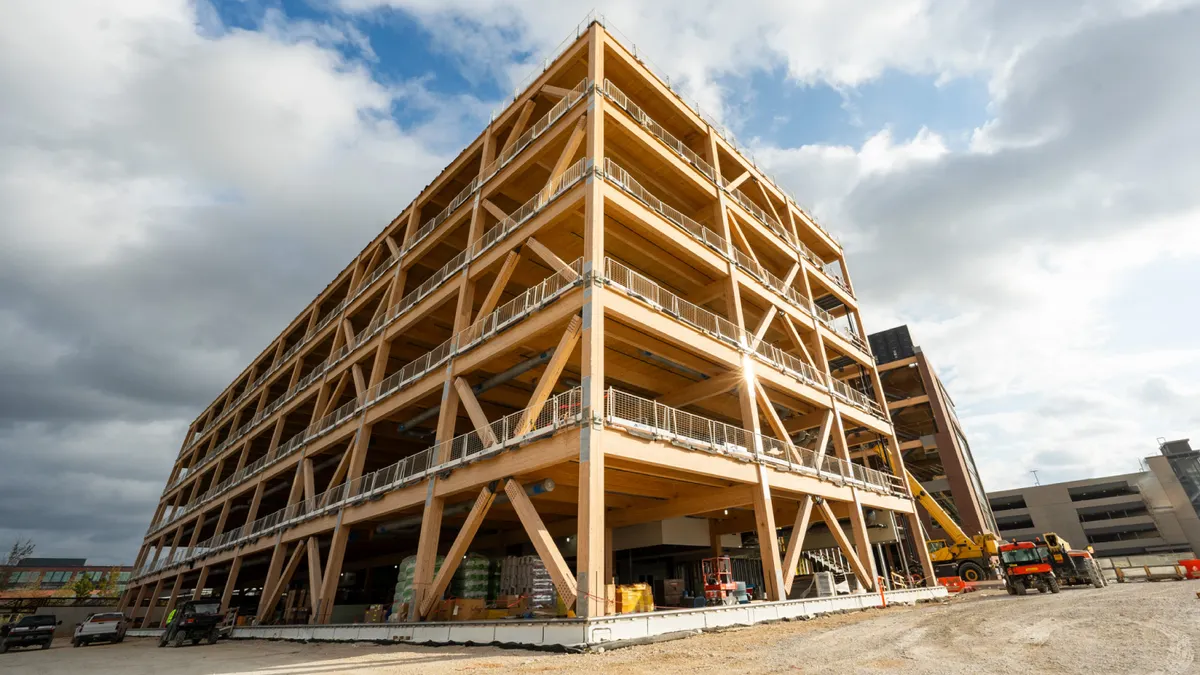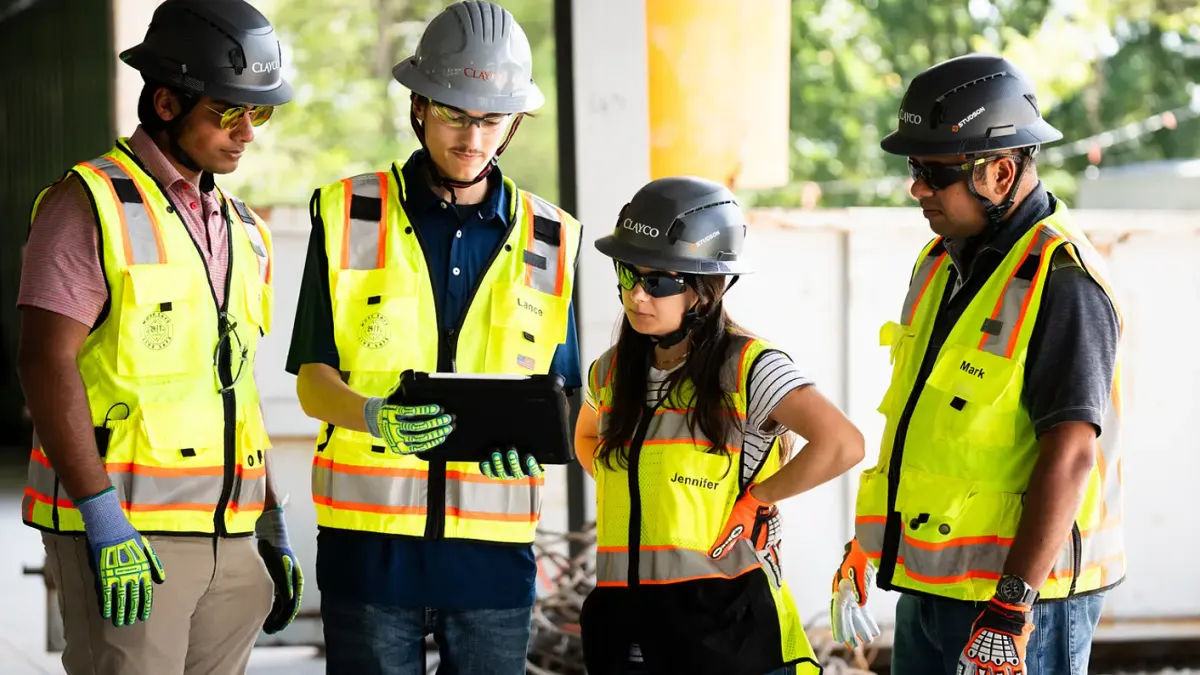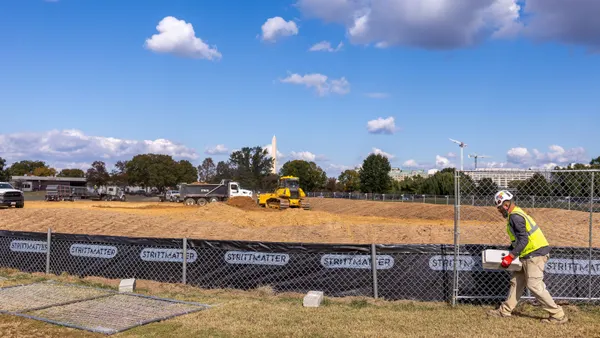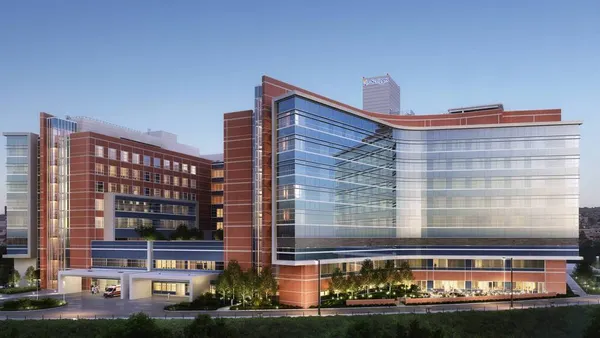The construction industry is not invulnerable to the challenges posed by inflation, labor shortages and supply chain disruptions. With terms like “recession” and “economic downturn” being thrown around, many contractors are concerned about how these issues will affect their business in the coming months and into 2024.
Unfortunately, experts anticipate continued slowdowns in construction due to supply chain bottlenecks, rising costs and high-interest rates. Since these challenges aren’t likely to be resolved any time soon, the best thing contractors can do is become aware of the industry’s top concerns and identify solutions to keep their projects on track.
Current Industry Challenges
The construction industry is an essential part of the world economy and has proven that it can endure and thrive in even the most challenging circumstances. The question isn’t whether the construction industry will make it through the difficulties ahead, it’s how well individual companies will fare.
Fortunately, knowing what issues the industry faces can help contractors plan for success.
Labor Shortages
Companies across all industries are struggling to hire and retain good workers, but the construction industry has been hit particularly hard.
Demand for construction workers is at an all-time high but the number of skilled workers is lower than ever. This has been felt industry-wide, with last year’s Associated General Contractors of America survey showing that 91% of contractors reported having trouble filling positions. What’s more, the industry will need to hire an estimated 546,000 additional workers to meet production demands in 2023 into 2024.
Supply Chain Disruptions
The supply chain is still recovering from the massive bottleneck caused by COVID-19. Additionally, U.S. contractors are feeling the strain of the Build America, Buy America Act, which impacts federally funded construction projects and requires that more parts and materials be purchased in the United States. Unfortunately, many companies have had challenges attaining U.S.-made materials due to a current lack of manufacturing capacity for certain items.
Together, these issues are creating unprecedented material wait times.
Inflation and Material Costs
According to Associated Builders and Contractors, construction input prices have increased by 37.7% since 2020 and since last year, they’ve increased by 4.9%. While this might sound bleak, the year-over-year increase has improved significantly from 2021, which was up 23.1% from 2020.
Although the cost of some materials has dropped steadily over the past year, like lumber and softwood lumber down 12.3% and 44.1% respectively, other materials have seen a sharp increase in recent months. Concrete products are 14.8% higher than last year.
Construction machinery and equipment is up 12.2% since last year, which has contributed to the growing popularity of construction equipment rentals.
Thriving During Uncertain Times
Settling into the new norm is the only realistic option right now, which means contractors are looking for ways to cut costs, protect their assets and stay ahead of potential losses.
On the bright side, many economists and contractors have been through similar economic downturns in the past, with many believing the economy is still strong enough to keep the industry out of serious trouble. Their experience can help others in the industry get a handle on what’s needed to not only survive but thrive in the current climate.
Stay Informed
By keeping up to date with industry issues and trends, contractors can get ahead of challenges and adjust their strategies accordingly. Articles, analyst reports and newsletters help keep the industry informed and working together.
Plan for Setbacks
Supply chain challenges mean that even the most diligent contractors are likely to get hit with parts shortages and delays. The tips below can help increase the chance of success:
- Place orders earlier to minimize delays.
- Develop a contingency plan for material shortages or delays to help keep projects on schedule.
- Shop around for backup vendors, subcontractors and better rates.
- Deploy security cameras and professional monitoring services to safeguard purchased materials.
Focus on Workers
Maintaining a strong business during these uncertain times depends on project completion, and those projects depend on workers. That means finding and retaining skilled employees must be a major focus moving forward.
Tips to Attract and Retain Good Workers
- Offer Competitive Pay - Prospective employees are looking for a decent paycheck, but they’re also making judgments on the company’s quality based on what they’re paying. Highly skilled workers’ expectations are higher, which means companies who offer competitive pay and benefits are likely to attract higher-quality workers.
- Focus on Diversity - Women, minorities and military veterans are all underrepresented in the construction industry. Interestingly, a study by McKinsey & Company found that companies with higher gender diversity were 25% more profitable than less diverse companies.
- Look for New Recruitment Opportunities - Participating in job fairs and trade shows can be a great way to attract workers from both inexperienced and skilled backgrounds.
- Build a Supportive Work Culture - It’s simple: Good workers stay at companies that are good to work for. Providing a safe and enjoyable work environment with opportunities for advancement is a great start. Workers want to feel like they’re valuable members of a cohesive team, and they’ll often thrive when they’re set up for success.
Prevent Loss
Preventing the loss of valuable materials is essential to maintaining a profitable business, particularly when costs are so high. This means that once materials are on site, contractors must make ensure they’re safe from theft and damage.
One of the easiest ways to prevent losses is using cameras on your job site. Many insurance companies offer discounts to contractors who deploy security cameras and professional security monitoring on their projects.
Ultimately, building a safeguard against profit losses is one of the most effective steps a contractor can take to protect their company.
Even in these uncertain times, the construction industry has staying power and so do the contractors who represent it. By staying ahead of challenges, working together, cutting costs and maintaining hope for the future, the industry is likely to come out stronger than ever.










